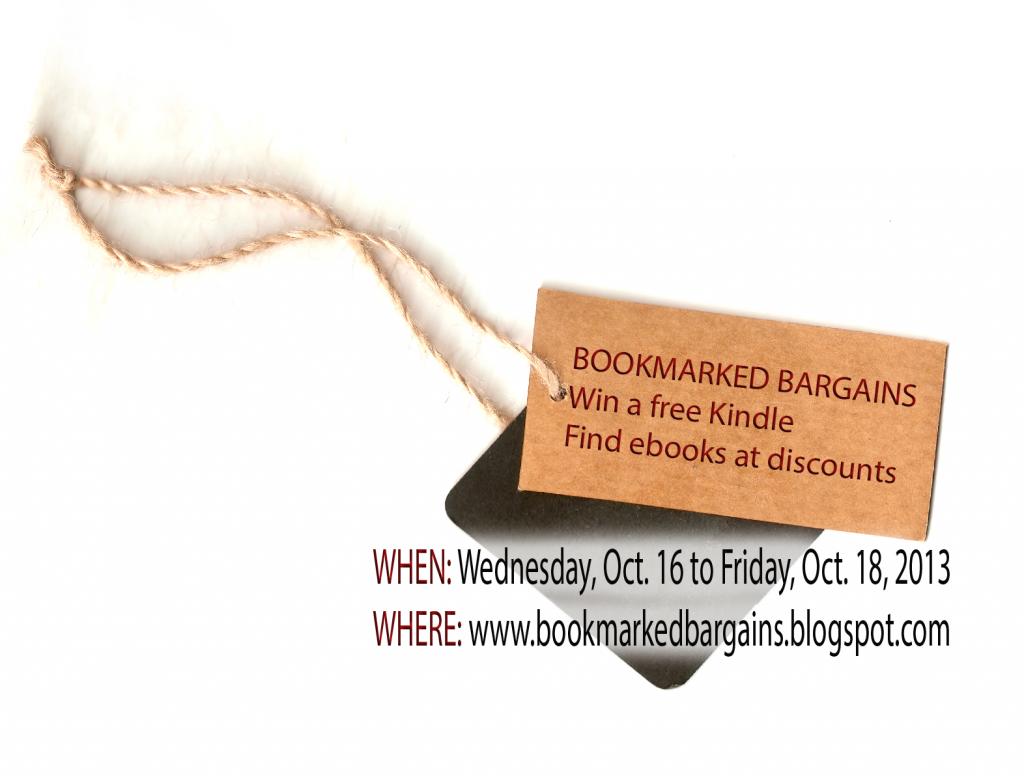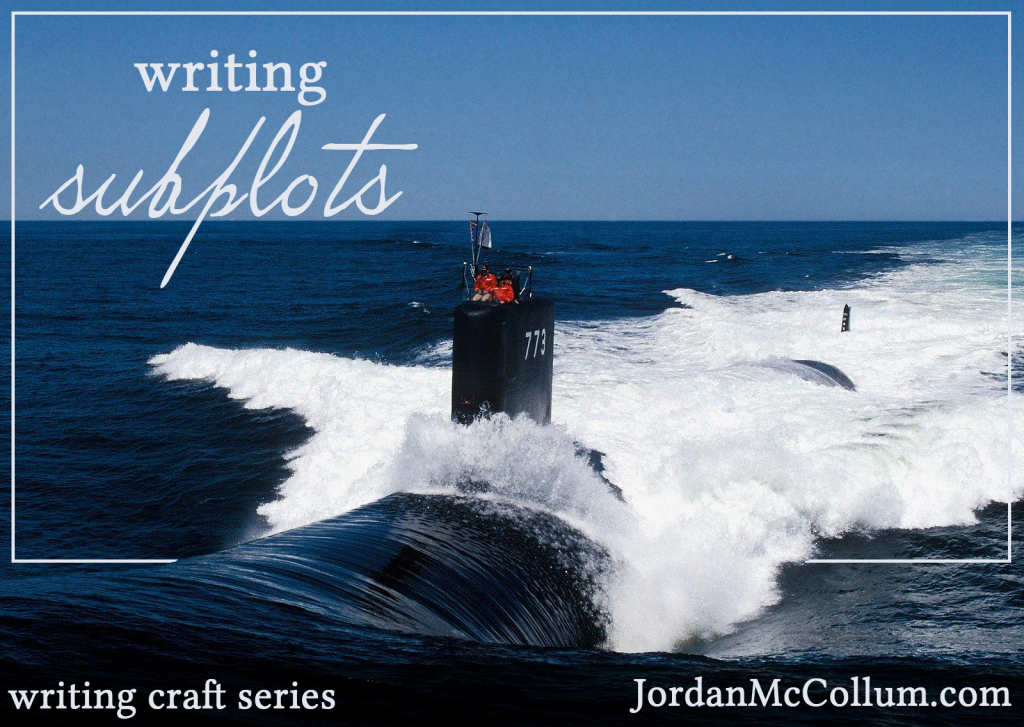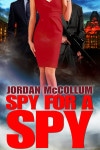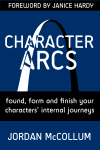After a maaajor crash and burn novel, I needed to quit writing, perhaps forever. And then fall (the season) came, and with it, NaNoWriMo—National Novel Writing Month.
To this point, I’d never done a full NaNo. I made a sad attempt in 2006, but stalled out in the first chapter. In 2010, the year before this, I did a “Half-No” where I added 25,000 words to my ill-fated sixth novel. I’d written a book pretty quickly before: 90,000 words in 8 or 9 weeks, spanning over November (2008), but I started in October (five years ago today, in fact!), so it couldn’t count as official even if my word count was enough.
I like to challenge myself, so doing NaNo wasn’t enough. I heard of Candace Havens’s “Fast Draft” method, where you write your first draft in two weeks. I finally found the right characters to use for an idea that had been bouncing around in my brain for over a year, sketched out a plot, threw that away, took a deep breath, crossed my fingers, and dove in.
The book stats
Title: Bloodstone
Genre: Uhh . . . action/adventure romance, I guess? It’s a lot like National Treasure.
Inspiration: Umm . . . I think it was partially inspired by a History Channel pseudoscientific special on Vikings in the Americas. Also, some notes on a passage of scripture.
Writing dates: 1 November 2011 – 14 November 2011
Length: Just over 78,000 in the first draft; sitting at 85,000 right now.
Elevator pitch (or a little bit longer than that): Professor Cora Warren has an archaeological dig to conduct; her student Jack has his own agenda: an unbelievable archaeological theory. But it’s not his theory that challenges Cora’s faith the most—until they unearth an artifact that will drag them through a thousand years of incredible history, give them both a reason to believe, and bring them face-to-face with a secret society hellbent on keeping the treasure and the glory for themselves.
Dude. I love this book.
What I learned from this book
First and foremost: as soon as I got up on November 1, I dove into this book. AND WRITING WAS FUN AGAIN! It had been two years since I’d written something that I loved and enjoyed, and had it flow. I’d forgotten the joy of drafting, and how much my soul needed that creative energy. I also got to revisit one of my favorite conflicts in romance: forbidden love!
To date, this is the longest I’ve gone from initial idea to actual writing. In fact, I was sure I’d given up on that idea, that it didn’t have the spark or passion I’d need to sustain a novel. The characters I’d initially sketched out for the idea just didn’t connect with me: the “hero” had such an obvious agenda he came off as flat before I ever even gave the guy a name. Having let the ideas percolate so much—and building on something that has as much background as Vikings in America—gave me a lot of fuel to write very fast!
And speaking of writing fast, I wrote real fast. I wasn’t sure if I could really do the Fast Draft method, especially since I don’t write on Sundays, but sure enough, I hit “The End” on November 14, averaging 6500 words a day. This was majorly helped by my first ever writing retreat, where I wrote . . . darn, my records are on my old laptop still. But it was many words. Plus, I got to be there to receive the acceptance letter for what was to be my first published novel (third manuscript), and to get to share that news with friends in person was very cool. (There may have been a request for a cartwheel. I may have fulfilled that request.)
Writing fast also had some other advantages. I thought I’d end up with a super sloppy first draft, and yes, in some ways I did. However, having the entire novel in my head helped me to weave together threads that I probably wouldn’t have seen otherwise, instead of dropping them and fixing it in revision. It really felt like weaving a novel, like all the craft and structure mechanics I’d spent the last four years beating into my head were really coming together. It was far from perfect—and I think it’s going to have to undergo a second round of revisions still—but it was surprisingly good.
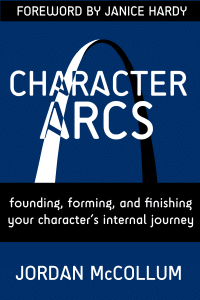 One of the craft and structure mechanics that really came together for me during this time was the concept of the character arc, and most especially how I needed to use that arc at the climax. This was a major craft breakthrough for me, and I’m excited to share it with you in Character Arcs, coming next week! (You can add it to your Goodreads now. Just sayin’.)
One of the craft and structure mechanics that really came together for me during this time was the concept of the character arc, and most especially how I needed to use that arc at the climax. This was a major craft breakthrough for me, and I’m excited to share it with you in Character Arcs, coming next week! (You can add it to your Goodreads now. Just sayin’.)
This novel was also the first time I got to experiment with different timelines, something I love to read. I watched National Treasure to analyze the structure of the genre and I was struck that the beginning of the movie is a flashback (uh, sort of?) depicting part of the history of the secret/legend they’re pursuing. I ended up using three storylines throughout: one in Puritan times (the first time the stone is unearthed), one in the mid-nineteenth century (forming the secret society), and one modern (finding stone, coming up against secret society, romance, character arcs and more). Plus a scene in Viking times (remembering the creation of one of the clues).
Man. I love this book. I’m going to love it so much more when it’s shiny and perfect. Sigh.
Tell me about one of your favorite manuscripts!
Photo credit: The Hamster Factor via Flickr & CC
![107/365 [Flying Fingers]](http://farm4.staticflickr.com/3593/3454110496_b3785204f5.jpg)
